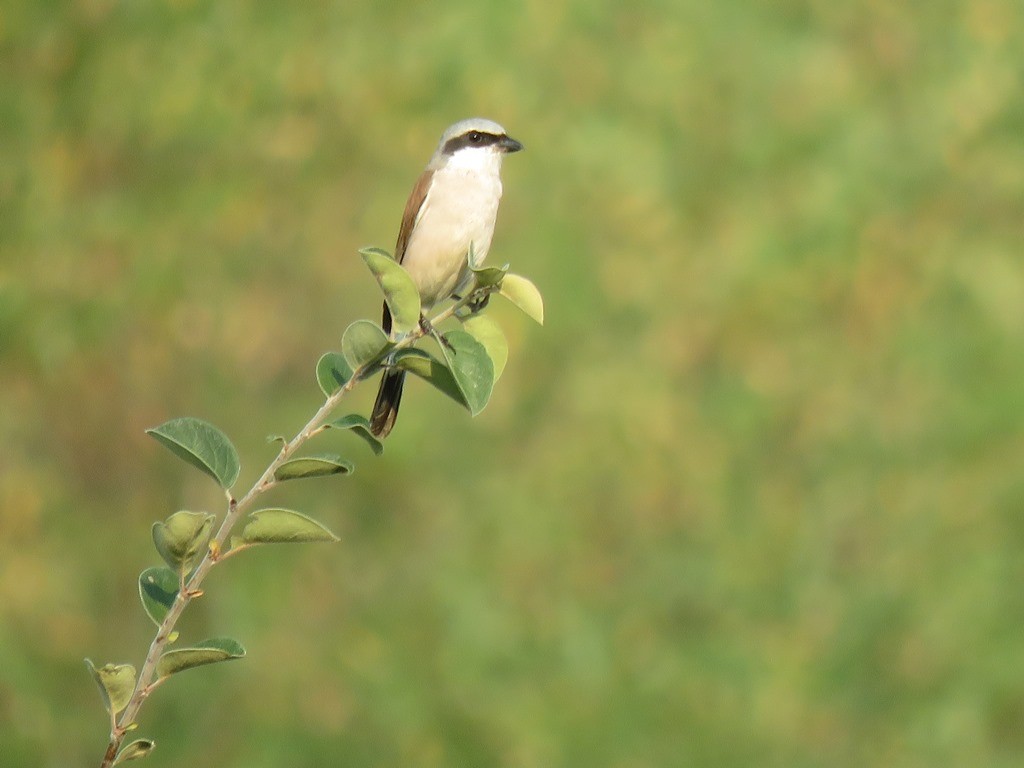Red-backed Shrike
A species of Typical shrikes Scientific name : Lanius collurio Genus : Typical shrikes
Red-backed Shrike, A species of Typical shrikes
Botanical name: Lanius collurio
Genus: Typical shrikes
Content
Description People often ask General Info
 Photo By Zerocool.marko , used under CC-BY-SA-4.0 /Cropped and compressed from original
Photo By Zerocool.marko , used under CC-BY-SA-4.0 /Cropped and compressed from original Description
The red-backed Shrike is a handsome bird, especially the males with their bluish-grey heads. The small strike is frequently seen in open areas with scattered trees and bushes. It prefers areas with thorny bushes that can entangle or pierce small rodents and large insects, making it easier for the bird to hunt for prey.
Size
16 - 18 cm
Life Expectancy
10 years
Nest Placement
Shrub
Feeding Habits
Red-backed Shrike preys primarily on large insects, using a 'sit-and-wait' tactic from perches to ambush its food. It is known for impaling prey on thorns or barbed wire, serving both for storage and to tear the food apart. This behavior is a distinctive dietary adaptation of red-backed Shrike.
Habitat
Red-backed Shrike occupies temperate grasslands, often with shrubs, hedgerows, or low trees, quintessential for hunting vantage points. These birds prefer warm, sunny, and generally dry areas with varied vegetation. Habitats range from forest edges, orchards, to overgrown agricultural lands, generally at altitudes up to 1000 meters. In winter, red-backed Shrike migrates to southern Africa, favoring savannas, grasslands, and open bushland mirroring their breeding habitats.
Dite type
Carnivorous
People often ask
General Info
Feeding Habits
Bird food type
Distribution Area
This bird breeds in most of Europe and western Asia and winters in tropical Africa. 
Species Status
Not globally threatened.
Scientific Classification
Phylum
Chordates Class
Birds Order
Perching birds Family
True shrikes Genus
Typical shrikes Species
Red-backed Shrike